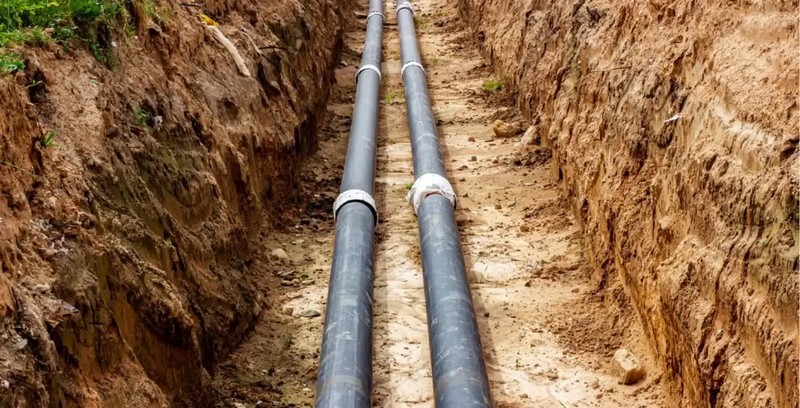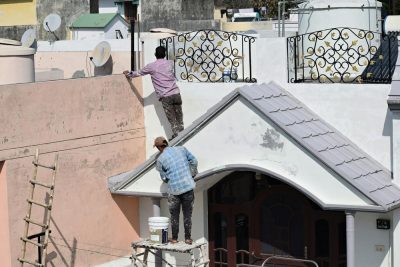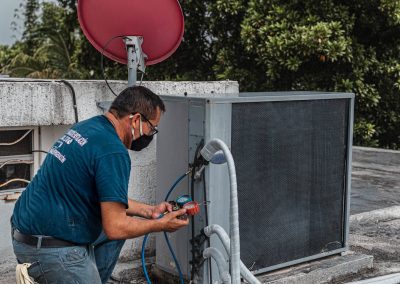
You can dream up the perfect kitchen layout or spa-like bathroom, but if your sewer lines are outdated, cracked, or misaligned, those dreams may come with a hefty price tag. Planning smart starts underground. Before you pick tiles or paint, it pays to understand the groundwork that keeps your home running smoothly—and what it could cost to fix. If you’re building new or remodeling, keep an eye on your sewer system early.
One thing to flag right away? The sewer line replacement cost can sneak up on you. Swapping out old lines or rerouting around upgrades isn’t cheap, and it’s often not included in early budgets. Homeowners in older neighborhoods especially should factor in those hidden costs when drawing up plans. If you wait until issues show up, you could end up redoing work you just paid for.
The Hidden Framework of Every Modern Home
Behind every flush and faucet, your plumbing system does the heavy lifting. While most people focus on the visible stuff—sinks, tubs, and fixtures—smart design keeps the entire system in mind. A cracked sewer line or poor slope can undo even the most beautiful layout.
Good planning means knowing where your sewer lines run, how old they are, and what materials they’re made of. In older homes, pipes might be clay or cast iron. Those wear down. Some even collapse. If you’re designing for resale or longevity, consider inspections and potential upgrades part of your to-do list.
How Sewer Lines Influence Your Home’s Design
Suppose you envision adding a second bathroom or converting your basement into a home office with a kitchenette. Both projects require connections to your main sewer line. But have you considered the location, slope, and condition of these pipes? Misaligned or corroded sewer lines quickly derail remodeling plans.
Designers and architects who integrate plumbing considerations from the start can save clients significant money and stress. Early planning means fewer surprises later, preventing situations where newly laid floors or fixtures must be ripped out due to plumbing oversights.
Understanding Sewer Line Replacement Costs
The cost of replacing sewer lines varies based on several factors, including geographic location, pipe depth, accessibility, and excavation needs. For instance, densely populated urban areas often benefit from trenchless sewer line repair methods. These methods minimize disruption to landscaping, sidewalks, and driveways but typically cost more initially.
When remodeling requires moving sewer lines, expect additional costs. You’re not only paying for labor and materials but potentially for city permits, inspections, and even updates to meet current building codes. These hidden expenses can quickly add up, making early budget planning crucial.
When to Consult the Professionals
If your home is more than 30 years old, scheduling a sewer inspection before any design work begins is wise. Using a specialized camera, plumbers can check for internal cracks, root intrusion, clogs, or corrosion. Identifying these issues upfront allows for cost-effective, proactive solutions.
Licensed plumbers provide valuable feedback early in the design process. They’ll evaluate your layout ideas, determine feasibility, and suggest necessary reroutes or repairs. Their insights help avoid costly revisions and provide clarity on potential sewer-related expenses.
Smart Home Planning: Going Beneath the Surface
Consider your sewer line the backbone of your home’s plumbing. Every fixture relies on this central system. If this base infrastructure is compromised, even the most elegant design choices lose their value. Effective home planning harmonizes aesthetic goals with structural realities.
Key considerations for smart sewer line planning include:
- Obtaining accurate plumbing maps or layouts before starting demolition.
- Understanding local building codes regarding sewer pipe materials and depths.
- Anticipating future home expansions, such as basement bathrooms or kitchenettes.
- Allocating contingency funds for unexpected sewer system repairs or replacements.
Real-Life Impact: Sewer Lines in Action
Imagine investing thousands in a kitchen remodel only to find that the drainage line beneath your brand-new tile is cracked. Water backups, leaks, and mold follow quickly. Fixing these issues post-remodel is messy, disruptive, and costly. Such scenarios highlight why preemptive sewer line checks are indispensable.
Homeowners who prioritize infrastructure inspections often avoid these disasters. Early detection enables targeted repairs, sometimes minor enough to avoid major reconstruction. This approach saves time, money, and preserves the integrity of the remodel.
Common Sewer Line Challenges and Solutions
Several common sewer line issues can impact home designs:
- Tree Root Intrusion: Roots infiltrate small cracks, expand, and block pipes. Regular inspections and root removal help maintain sewer line integrity.
- Pipe Corrosion: Metal pipes degrade, narrowing their internal diameter, causing backups and leaks. Consider modern, durable alternatives like PVC or HDPE.
- Improper Pipe Slope: Pipes must slope correctly to ensure proper drainage. Misalignment can cause constant clogging and backups.
Addressing these issues early through inspection and proper planning significantly reduces long-term costs and disruptions.
Integrating Infrastructure in Your Budget
While not glamorous, budgeting for sewer line replacement or repair is essential. Allocating part of your renovation funds to plumbing infrastructure ensures peace of mind. By preparing for these expenses early, you avoid costly, unplanned expenditures later.
A licensed plumber can provide a clear breakdown of potential costs, including materials, labor, permits, and inspections. This knowledge equips you to budget accurately, leaving ample resources for your design ambitions.
Final Thoughts: A Strong Foundation for Your Dreams
It’s easy to focus solely on visual aesthetics when remodeling or building a home. Yet, the invisible infrastructure supporting those aesthetics—particularly sewer lines—plays a critical role in your home’s long-term functionality and value.
Understanding and integrating sewer line considerations into your planning process isn’t just practical—it’s smart. A home designed with its foundational infrastructure in mind ensures lasting beauty, reliability, and comfort. By investing wisely in the unseen, you protect and enhance every aspect of your visible living space.








